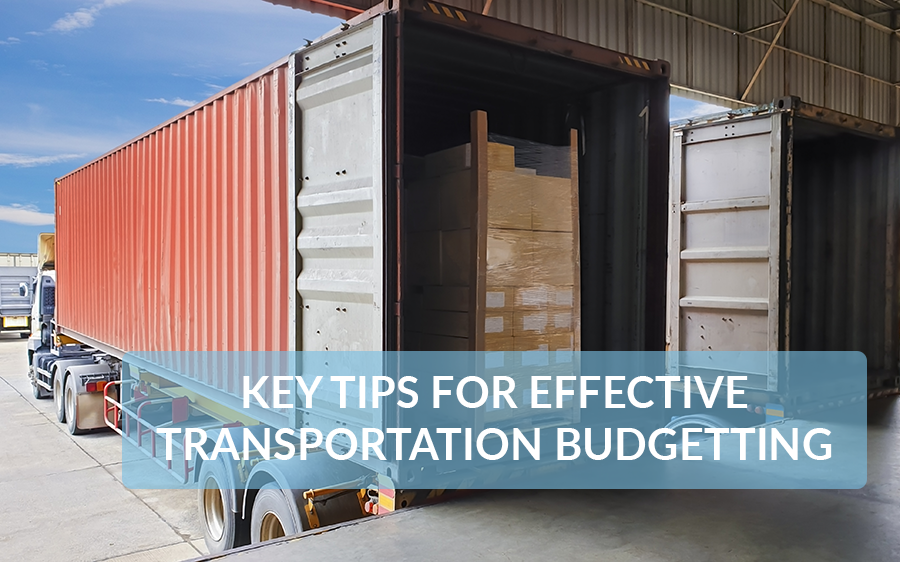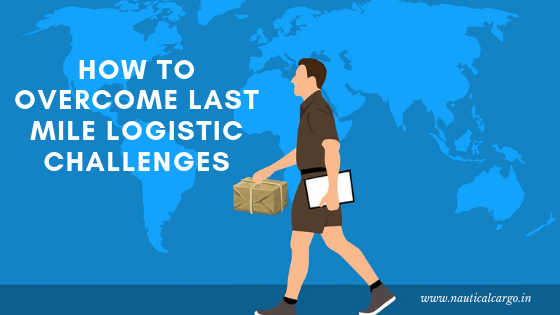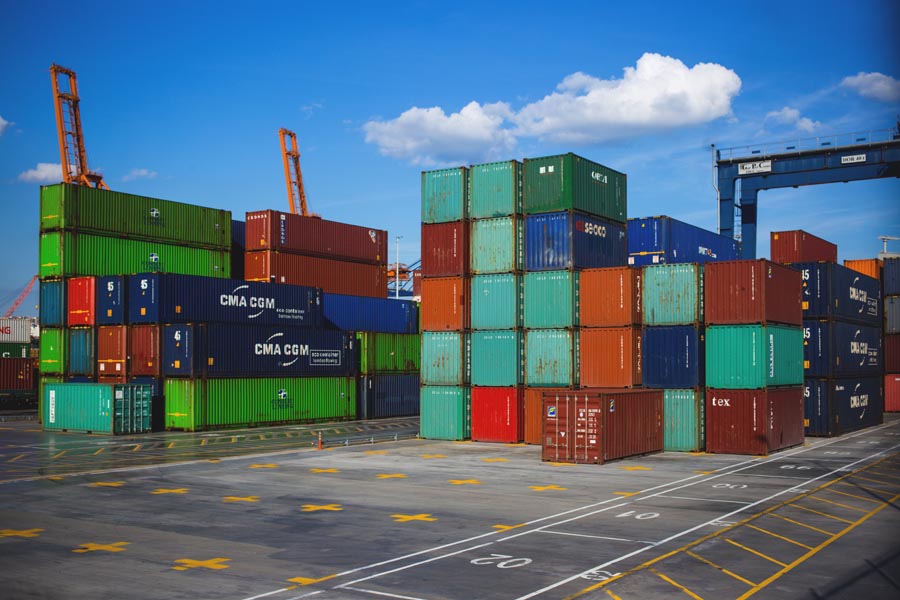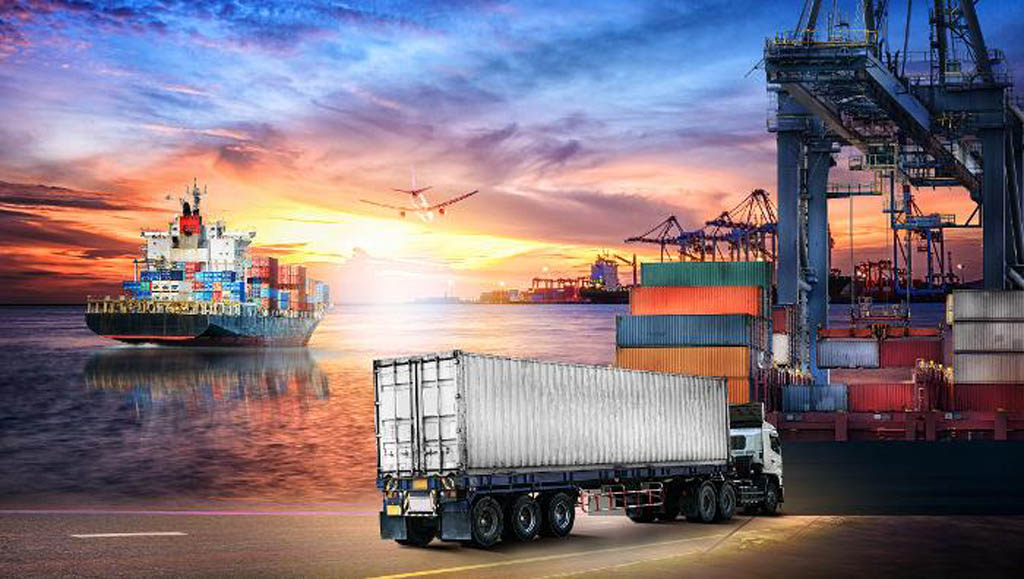The easiest way one can explain logistics is to describe it as a management of the flow of things between a point of origin and the point of destination, to make it clearer the point of consumption. There are a number of resources that are transported today such as food, materials, animals and even liquid form products. Hence logistics is one such industry that has to integrate many aspects and various industries such as transportation, production, inventory, warehouse management services, packaging and the most important being the flow of data.
Last-mile delivery is often being heard and is also considered an important phase of the transportation which also ensures the completion of a logistics operation. Last-mile delivery can be defined as the movement of goods from a transportation center or hub to the final destination of the delivery. In most of the cases, the final delivery can be a residence of the person who is expecting the goods. Hence the entire focus revolves around how well and quickly one can deliver the goods to the customer in the best possible packing ensuring no damage.
While we very well are aware of both perspectives, that of the logistics company as well as the customer the importance of this phase it becomes important to understand the various challenges involved in the same.
Unforeseeable expenses :
One of the most inherent problems the last mile delivery poses is the unpredictable expenses that can occur as the goods have to be reached to the doorstep of the consumer. Imagine you need to deliver the goods to an end-user who is living in a busy urban area where there are a lot of retail stores, restaurants and many business houses in a very congested locality. This means the budgeted fuel costs won’t be sufficient enough to complete the delivery as it will take a good amount of time to drive around and make the delivery. Moreover, one has to imagine that the delivery is not in large volumes as this presumably will be a business to consumer delivery which can involve just a small package.
Inadequate facilities :
It is not necessary that all traditional delivery facilities will be equipped with a number of facilities. An insufficient number of transport facilities can adversely contribute to an increase in travel time, thereby also increasing the cost of delivery.
Last Mile Distribution Distance :
There should be proper research done on where most consumers reside as this will become a vital element in deciding the location of a distribution center. Closer the distribution center to the consumer the better will be the efficiency of delivery and reduction in costs. A company that does not choose its distribution center based on the consumer location research will end up incurring huge expenses.
Delivery Time :
Distribution centers cannot be created in residential areas and most will be in an industrial zone. Hence the stem time needs to be the least possible as if the deliveries take more than 45 minutes then it means there is a serious issue and apt measures need to be taken to open up more distribution centers.
Traffic conditions :
All last-mile deliveries will occur via land transportation and hence one has to take note the area where your consumers have to be reached at. Having consumers in rural areas is not at all a problem but if it’s in an urban sector then delivery in congested areas will take more time than one can anticipate. One will need to have additional distribution centers and opt for more efficient transportation means.
Hence as we have learned last-mile delivery is the biggest challenge to meet particularly in a scenario where the E-Commerce industry is booming with more and more consumers opting for online purchases.
Customer communication:
Customer communication forms the key in a perfect delivery cycle as it is of utmost importance that the customer is well informed about the visibility and time of delivery. Also when a customer has opted for a revision to the delivery schedule it becomes easier with the right technology for logistics companies to revise the data and inform the driver about the change. This will ensure that the delivery is done only when the consumer is available at home.
Auto Pickups and Drop off points and consolidated deliveries:
It is always better to plan a network of pickup and drop off points and also to consolidate the deliveries as this will save time as well as minimize the number of failed deliveries.
3PL Software :
It would be best to contract a 3PL software that will help in providing better visibility solution thereby increase in much-improved access to delivery details and processes. This also in effect provides a single point of data management that will provide accurate information of the movement of the transportation.
Better vehicles:
Urban areas are always congested with a large number of closed in localities as well as floods of vehicles that will only increase traffic. In such cases, it goes without saying that the use of huge sized transportation vehicles will only make things difficult for the driver who has to deliver the goods to the consumers on time. Better and smaller transportation vehicles have to be opted such as bicycles, or smaller cars. This will make last-mile delivery efficient and faster.
Consider using Drones:
The future of drones is in the hands of the government system, security, and legalities and though there a number of critical concerns drones are surely going to be the best possible option in the near future. Drones can avoid traffic and spend less making deliveries much easier and faster.
Parcel Locker Stations:
Another possible feature that can help in facing some of these challenges posed would be to have locker facilities or locker stations near main central localities as a shopping centre where courier houses can place the packages that need to be delivered in such lockers and they can provide a unique key to their consumers to open it and get their goods.
Summary:
Last-mile delivery is one such phase that can not be afforded to be ignored in any way. More and more resources and strategies have to be implemented to ensure efficient and satisfying delivery of goods to consumers as this is the most important aspect of a logistics delivery operation. If a company messes up with this part of the operation then it will have a direct impact on the operational credibility of the company.




